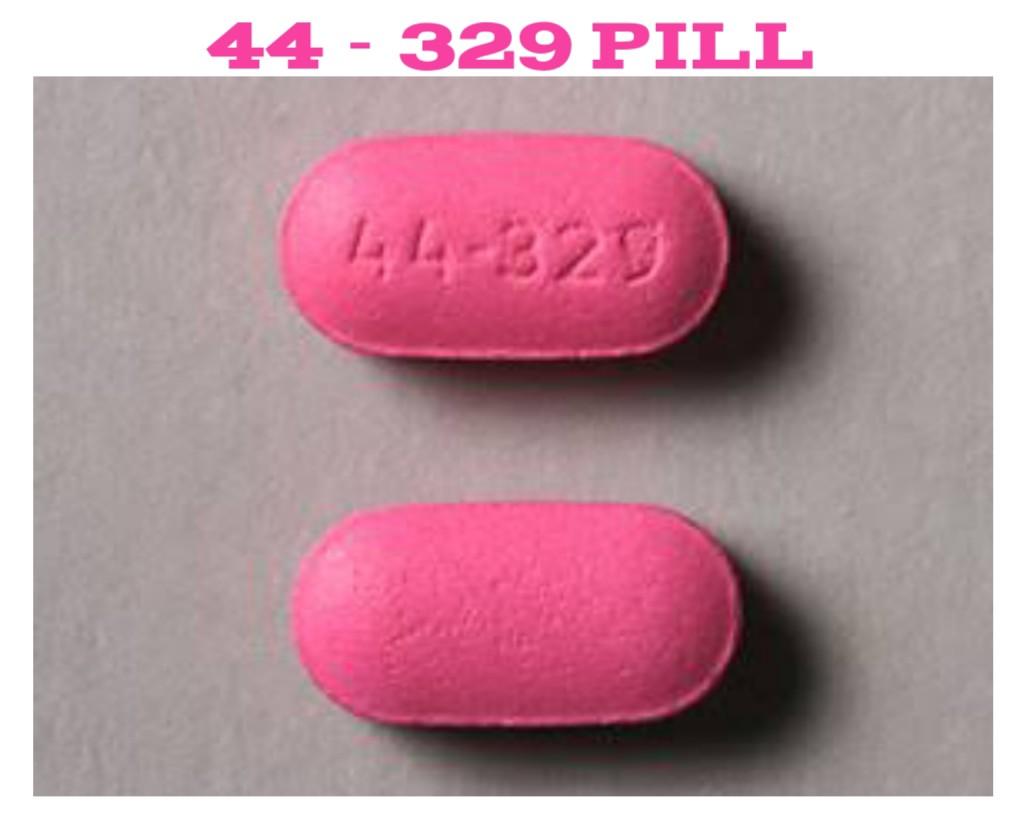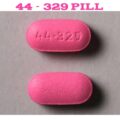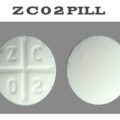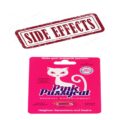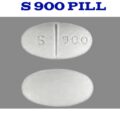The pink oval pill with the imprint 44 329 has been identified as Diphenhydramine Hydrochloride 25 mg supplied by Major Pharmaceuticals Inc. Diphenhydramine is used in the treatment of allergic reactions; allergic rhinitis; insomnia; cough; cold symptoms and belongs to the drug classes anticholinergic antiemetics, anticholinergic anti-parkinson agents, antihistamines, miscellaneous anxiolytics, sedatives and hypnotics. There is no proven risk in humans during pregnancy. Diphenhydramine 25 mg is not a controlled substance under the Controlled Substances Act (CSA).
How Pink Pill 44-329 works
Diphenhydramine is an antihistamine that may be used for the treatment of allergies, motion sickness, to help induce sleep, and to relieve symptoms of Parkinson’s Disease.
Diphenhydramine treats allergic-type reactions by blocking histamine-1 (H1) receptors. This prevents histamine from having an effect on the airways, blood vessels, and on the gastrointestinal tract, reversing symptoms such as bronchoconstriction (narrowing of the airways), rash and itch, and stomach cramps. Pink Pill 44-329 also blocks acetylcholine receptors, sodium channels, and inhibits the reuptake of serotonin, among other effects. These latter effects are responsible for its sedative effects and side effects such as dry mouth.
Diphenhydramine belongs to the class of medicines known as first generation antihistamines. Diphenhydramine is an antihistamine of the ethanolamine class.
The Upsides of Pink Pill 44-329
- Pink Pill 44-329 is used to treat the symptoms of allergic-type reactions such as sneezing, itching, watery eyes, and runny nose.
- May be used for the treatment of allergies, insect bites, hay fever, allergic conjunctivitis, urticaria (hives), and in addition to epinephrine for anaphylactic reactions.
- May be used to relieve the symptoms of nausea and vomiting associated with motion sickness.
- Can be used to help people relax or fall asleep.
- May also be used for elderly people with Parkinson’s disease who are unable to tolerate more potent agents.
The Downsides of Pink Pill 44-329
If you are between the ages of 18 and 60, take no other medication or have no other medical conditions, side effects you are more likely to experience include:
- Drowsiness and sedation which may impair judgment and affect a person’s ability to drive or operate machinery. Alcohol should be avoided because it can make this side effect worse.
- Dizziness, low blood pressure, a headache, rapid heart beat, disturbed coordination, abdominal discomfort and a thickening of mucus in the airways may also occur.
- May cause a dry mouth, which may increase the risk of dental caries and worsen the symptoms of gastroesophageal reflux disease (GERD) if diphenhydramine is used on a regular basis.
- Not suitable for use in women who are breastfeeding or young children. Elderly people may be more susceptible to the side effects of sedation, dizziness, and low blood pressure (all of which may increase their risk of falls).
- Overdosage of diphenhydramine has been associated with hallucinations, convulsions, and death.
- May interact with a number of other drugs including benzodiazepines, antidepressants, antipsychotics, and alcohol.
- May not be suitable for some people including those with respiratory diseases such as asthma, narrow-angle glaucoma, peptic ulcer disease, intestinal obstruction, high blood pressure or heart disease, high thyroid levels, an enlarged prostate, or a narrowing of the neck of the bladder.
Notes: In general, seniors or children, people with certain medical conditions (such as liver or kidney problems, heart disease, diabetes, seizures) or people who take other medications are more at risk of developing a wider range of side effects. For a complete list of all side effects.
Tips
- Pink Pill 44-329 may be taken with or without food.
- Take exactly as directed. Do not take more than is recommended.
- Do not drive or operate machinery if Pink Pill 44-329 makes you drowsy or affects your judgment. Avoid alcohol.
- When used for motion sickness, take Pink Pill 44-329 30 minutes before any exposure to motion. Take subsequent doses before meals or at bedtime for the duration of the exposure.
- Pink Pill 44-329 should not be used as a night time sleep aid in children aged less than twelve.
- Ensure you maintain good oral hygiene if you are taking Pink Pill 44-329 long-term.
- Stand up slowly when going from a sitting or lying down position. Pink Pill 44-329 may cause a drop in blood pressure which may cause symptoms such as dizziness and increase your risk of falls. Remove any fall hazards in your home (such as rugs) and talk to your doctor if you are experiencing severe dizziness every time you stand up.
- Seek urgent medical advice if you experience any symptoms such as agitation, hallucinations, a fast heart rate, dizziness, flushing, muscle tremor or rigidity, nausea, vomiting or diarrhea.
- Talk to your doctor or pharmacist before taking any other medications while you are taking Pink Pill 44-329.
Response and Effectiveness of Pink Pill 44-329
Diphenhydramine is quickly absorbed after oral administration and peak effects are reached within one hour. The effects of diphenhydramine last from four to six hours.
When used as a night-time sleeping aid, the usual dosage of diphenhydramine is 50mg at bedtime. A lower dosage may be needed in the elderly.
Interactions
Medicines that interact with Pink Pill 44-329 may either decrease its effect, affect how long it works for, increase side effects, or have less of an effect when taken with diphenhydramine. An interaction between two medications does not always mean that you must stop taking one of the medications; however, sometimes it does. Speak to your doctor about how drug interactions should be managed.
Common medications that may interact with diphenhydramine include:
- benzodiazepines, such as diazepam, oxazepam, and temazepam
- monoamine oxidase inhibitors, such as isocarboxazid, selegiline, or tranylcypromine
- opioids, such as oxycodone, morphine, or codeine
- sedatives, or any medication that causes sedation, such as sleeping pills, muscle relaxants, or antidepressants
- other medications that contain diphenhydramine, such as creams and gels
- other medications used to treat allergies.
Alcohol may enhance the sedative effects of diphenhydramine.
Note that this list is not all-inclusive and includes only common medications that may interact with diphenhydramine. You should refer to the prescribing information for diphenhydramine for a complete list of interactions.
Summary
Pink Pill 44-329 is an antihistamine that can be used to treat allergic reactions, relieve motion sickness, as a sleep aid, and to relieve some symptoms of Parkinson’s disease. Sedation is a common side effect.

